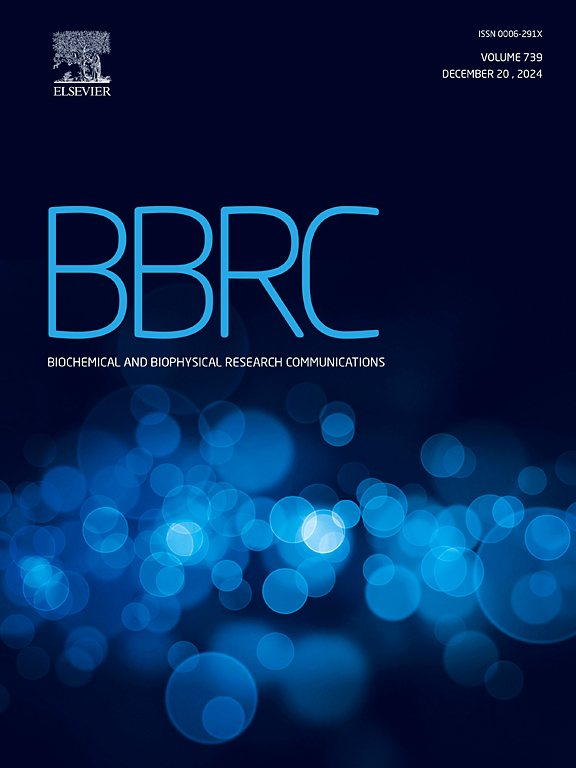Membrane-targeting antimicrobial compounds have differential effects on living and artificial yeast membrane models
IF 2.5
3区 生物学
Q3 BIOCHEMISTRY & MOLECULAR BIOLOGY
Biochemical and biophysical research communications
Pub Date : 2025-03-15
DOI:10.1016/j.bbrc.2025.151651
引用次数: 0
Abstract
The stability of the plasma membrane is crucial for cell viability and disruptions in membrane stability can significantly impact cell function. Antimicrobial compounds targeting fungal membranes are required as novel alternatives to current resistance-prone fungicides. Six antimicrobials were assessed using the yeast Saccharomyces cerevisiae in living and artificial membrane models to gain insight into their efficacy and mechanistic activity. Antimicrobial-treated yeast cultures were monitored for growth inhibition and cell membrane permeability. Liposomes prepared from yeast polar lipids were used to examine the impact of the antimicrobials on size, polydispersity, and ζ-potential. Iturin and nystatin were the most effective compounds in reducing growth and increasing membrane permeability. ζ-Potential measurements indicated that iturin caused reduced stability, whereas there were no changes in stability with nystatin. Daptomycin and fengycin did not affect growth or permeability, but reduced stability. Nisin inhibited growth but did not affect stability. Surfactin was the only tested compound to increase stability. Results indicate that antimicrobials known to target biomembranes had variable effects, with lipid membrane components playing a role in antifungal outcome and mechanistic activity.
求助全文
约1分钟内获得全文
求助全文
来源期刊
CiteScore
6.10
自引率
0.00%
发文量
1400
审稿时长
14 days
期刊介绍:
Biochemical and Biophysical Research Communications is the premier international journal devoted to the very rapid dissemination of timely and significant experimental results in diverse fields of biological research. The development of the "Breakthroughs and Views" section brings the minireview format to the journal, and issues often contain collections of special interest manuscripts. BBRC is published weekly (52 issues/year).Research Areas now include: Biochemistry; biophysics; cell biology; developmental biology; immunology
; molecular biology; neurobiology; plant biology and proteomics

 求助内容:
求助内容: 应助结果提醒方式:
应助结果提醒方式:


